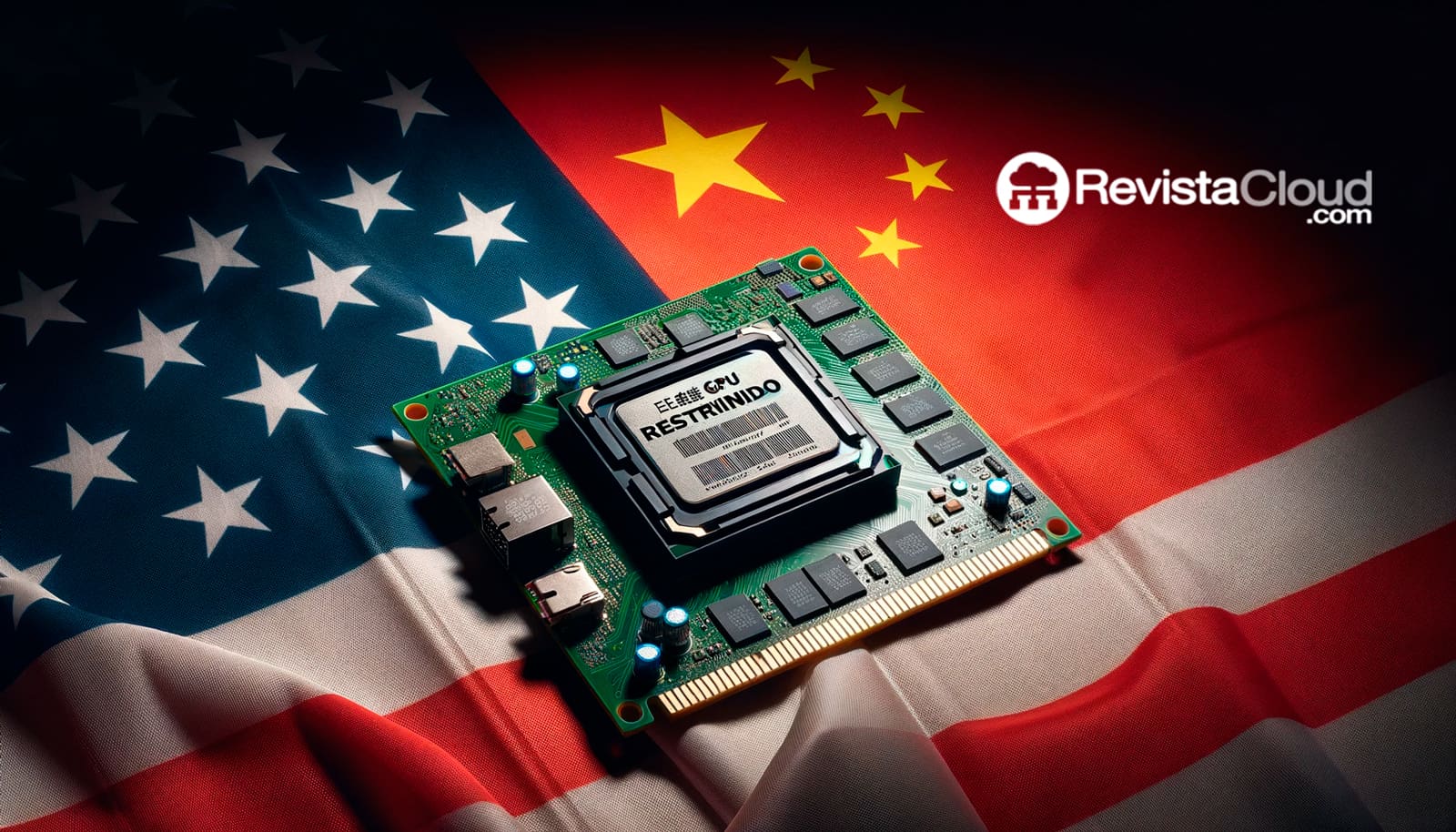The measure, framed within the recent trade thaw between Washington and Beijing, freezes the increase in costs for key components such as graphics cards, motherboards, and solar panels.
The Office of the United States Trade Representative (USTR) has announced a temporary suspension of the 25% tariffs on various tech products from China, including GPUs, motherboards, and semiconductor components. This extension, which will initially last for 90 days, currently prevents an immediate increase in the prices of these products in the global market.
The tariffs were originally set to go into effect on June 1, 2025, following a prior exemption extension granted by the U.S. government the previous year. With this new pause, the deadline has been moved to August 31, 2025, providing some relief to both manufacturers and consumers amid the ongoing uncertainty in the components market.
A New Twist in the Trade War
These tariffs stem from the implementation of Section 301 of the Trade Act of 1974, which Donald Trump reactivated during his second term to pressure China with punitive measures on sensitive tech products. Although the Biden administration had not fully resumed this policy, Trump’s return to the White House has intensified the use of tariffs as a geopolitical tool, particularly in sectors such as semiconductors, renewable energy, and artificial intelligence.
However, the recent trade meeting between China and the United States in Geneva has resulted in a bilateral agreement to reduce tariffs, reflecting a shift in tone toward negotiation. Both parties committed to partially suspend additional tariffs, lower non-tariff measures, and establish ongoing economic dialogue and monitoring mechanisms.
Direct Impact on the Components Industry
The postponement directly affects U.S. imports of graphics cards (GPUs) and motherboards, two key components in sectors such as gaming, artificial intelligence, high-performance computing (HPC), and the PC market.
Manufacturers with assembly in China—such as ASUS, Gigabyte, MSI, Colorful, or even assemblers for NVIDIA and AMD—are temporarily spared from raising prices or seeking production alternatives outside of Asia. The measure also avoids a potential domino effect on tech inflation, as consumer products like laptops, workstations, and consoles will not see immediate price increases.
A Ceasefire That Doesn’t Eliminate Tension
Despite the apparent thaw, the agreement is only a partial pause in the trade conflict. Other tax segments remain in place (such as a 10% residual tariff on the same products), and the measures could be reactivated in the fall if negotiations do not progress.
In parallel, China has also announced the suspension of some of its own tariffs on U.S. products, in addition to canceling non-tariff measures introduced since April 2. This gesture aims to rebalance the scales and show a willingness for mutual understanding, although the geopolitical backdrop remains complex, particularly regarding the role strategic technologies play in global competition.
An Industry on Edge Awaiting Next Moves
In the short term, the suspension of tariffs prevents a new spike in prices for graphics cards, which had already seen a progressive price increase due to high demand in artificial intelligence and gaming. Nevertheless, manufacturers, distributors, and assemblers remain vigilant, awaiting a lasting resolution or new reprisals that could resurface with the 2026 election campaigns on the horizon.
The global tech sector is closely watching each move, as a balance is sought between global competitiveness, national security, and trade stability. For now, the prices of GPUs and motherboards will not increase, but uncertainty remains.
via: MyDrivers

